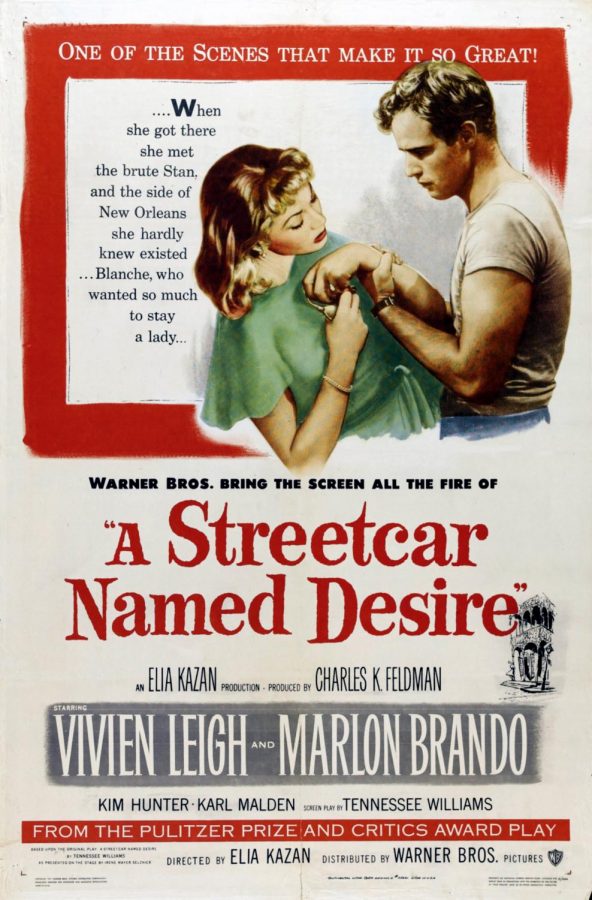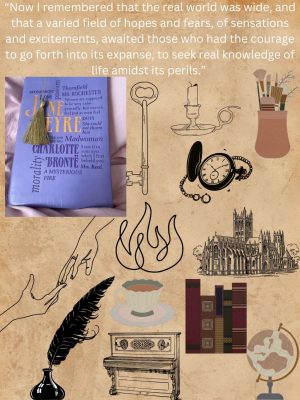A Streetcar Named Desire drives readers to read
February 26, 2019
Must read alert: the play that halts traffic
Although the book is unfamiliar to some, it should be known by all. The play “A Streetcar Named Desire” by Tennessee Williams, based in 1947, discusses the controversial topics of poverty and racism during the time.
Blanche DuBois, the main character and protagonist—a schoolteacher from Laurel, Mississippi—visits her sister, Stella Kowalski, at her New Orleans apartment. Although Blanche has fallen out of contact with Stella, she intends to stay at Stella’s apartment for an unspecified but likely lengthy period of time, given the large number of things she has brought with her. Blanche tells Stella that she lost Belle Reve, their ancestral home, following the death of all their remaining relatives. She also tells Stella that she is on a leave of absence from her teaching position because of her bad nerves.
Although Blanche seems to not even have enough money to afford a hotel room, she is still complaining about the cramped quarters of the Kowalski’s apartment. Stella’s husband, Stanley, almost instantaneously dislikes Blanche because of her social condescension. Stanley immediately doesn’t trust Blanche and accuses her of cheating Stella out of her share of family inheritance. Blanche gets under Stanley’s skin, especially when Blanche grows affectionate to Stanley’s close friend Mitch, creating conflict between all three characters.
Because this book is a play and not just a novel, it is easier to read when listening to an audiobook along with it. This makes it easier to understand not only the plot line but also to understand what the author of the play was going for with his stage directions.
The play is filled with action and drama to grab and keep the reader’s attention throughout the book. Williams does a great job developing the characters throughout the book so not only are they relatable, but they are also intriguing to read about.
This book would be great to read in Readers Workshop but also just in one’s freetime. It is an easy read and easy to follow, and it keeps the readers on the edge of their seats.








